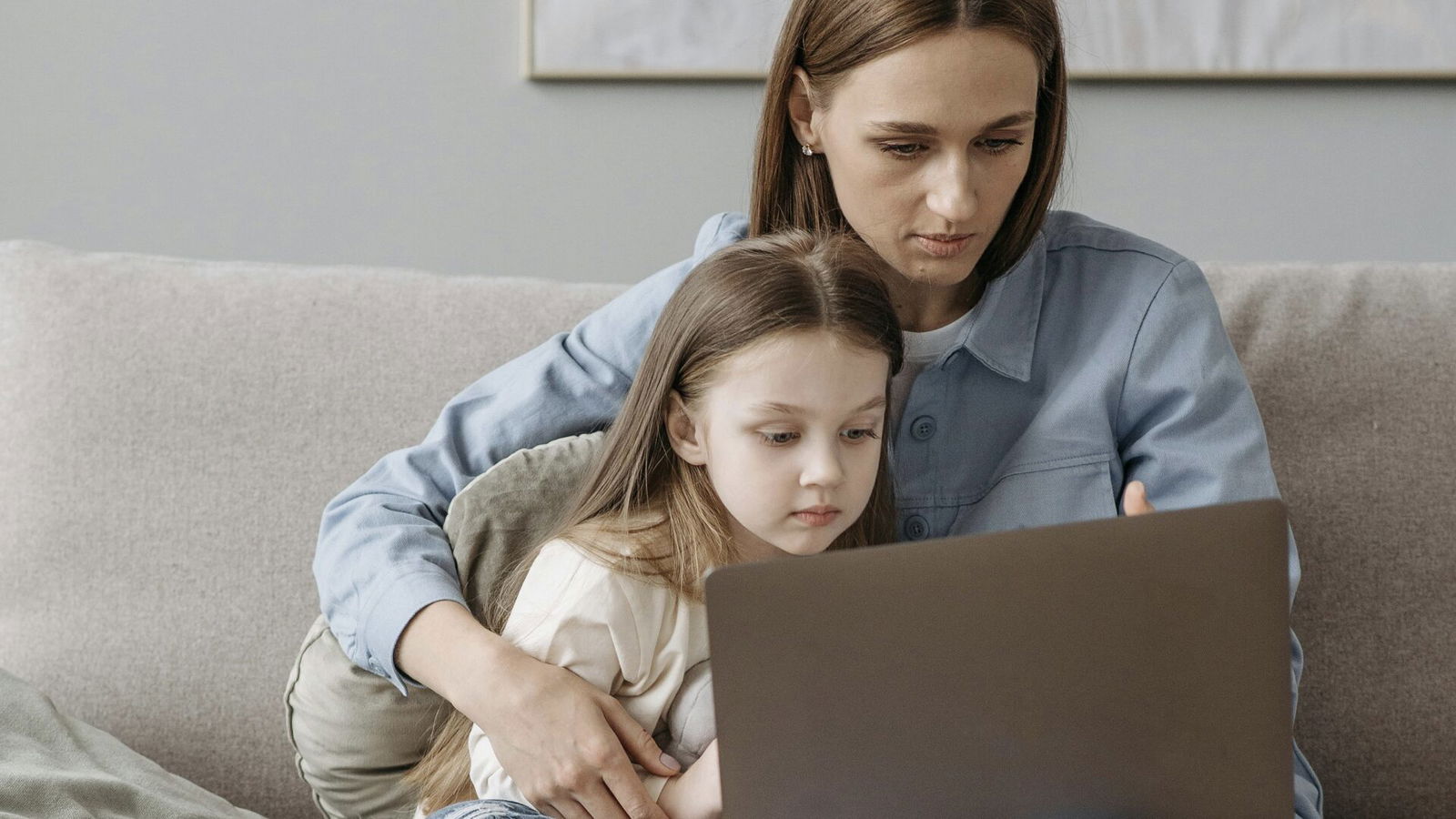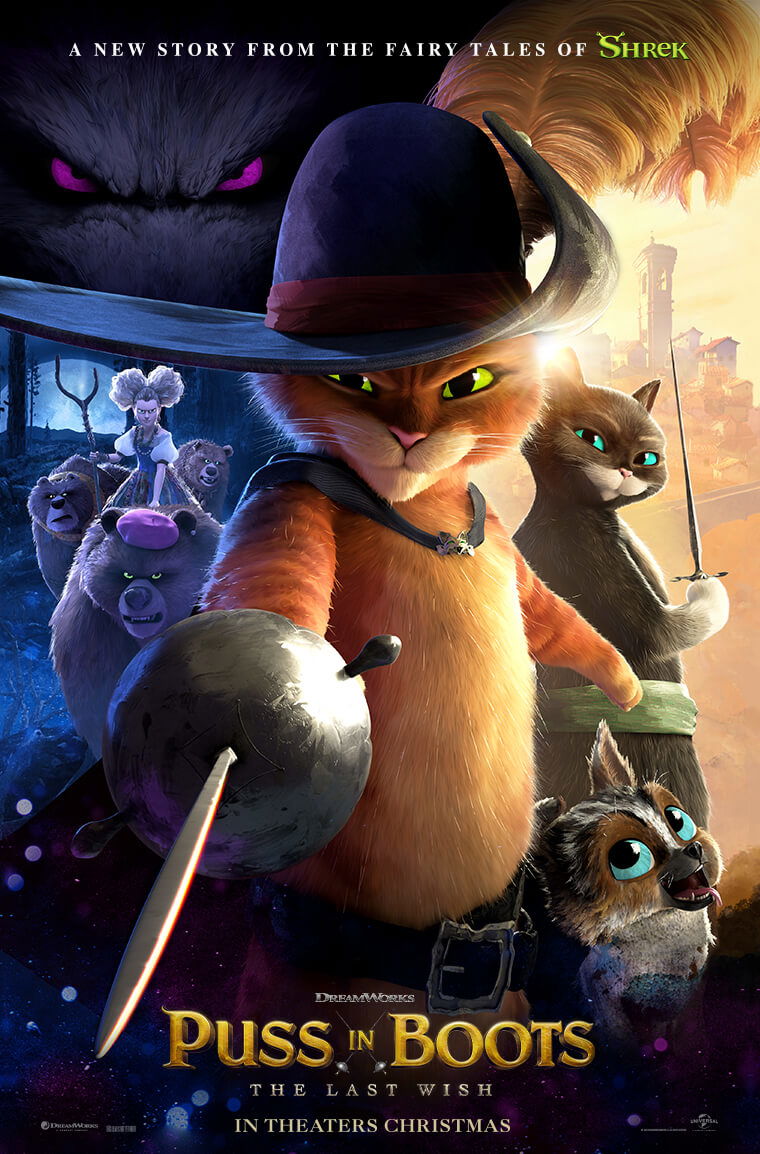
By India McCarty
As AI-generated content starts to look more and more like the real thing, many parents wonder how to teach their kids how to spot fake images and words.
Here are some expert tips on what to be on the lookout for when you and your children are online.
“As with most things, the best way to learn is simply through practice,” Bark, a tech company geared towards keeping kids safe online, explained in a recent article. “Show your child any AI-generated content and see if they can spot its AI characteristics. Ask them questions and compare it to a real image to make the differences plain as day.”
The group recommended simply Google-searching AI images to find example photos for these kinds of tests.
Related: New ChatGPT Image Generation Trend Sparks Copyright Debate
AI images and videos typically share certain characteristics, such as “inconsistent details,” like a hand with too many fingers, or a table missing a leg, “unrealistic facial features, mismatched lip-sync [and] unnatural lighting or flickering shadows.”
AI-generated text also bears certain traits that make it easy to spot. Bark listed “repetitive language [and] inaccurate or outdated information,” usually delivered in an overly “formal” tone that lacks a “personal perspective.”
Tom’s Guide also wrote about ways to figure out if something you’re reading was written using AI models like ChatGPT. Some specifics include opening phrases like “Have you ever wondered…?” or “What if I told you…”?”
“This happens because AI models learn from countless blog posts and marketing copy that use these exact patterns,” the site explained. “Real people mix it up more, they might jump straight into a story, share a fact, or just start talking about the topic without all the setup.”
Tom’s Guide pointed out that text with a “relentlessly upbeat” tone, almost like a press release, is another signifier of AI, telling readers, “If the content feels like it was written to impress rather than inform, AI likely played a major role.”
It isn’t just kids who are struggling to figure out what’s real and what’s AI-generated these days. The New York Post recently polled people walking through Times Square, asking them to guess if an image was created by AI or not.
“The results were shocking: It turns out it’s extremely difficult for people to distinguish between the genuine and computer-generated,” the Post wrote. “Not a single person was able to guess all six correctly. Many more failed dismally, showing just how easy it is for software developers to trick even tech-savvy youngsters into believing what they see on a screen is real.”
AI is getting better and better at creating text and images that match reality, but there are still a few ways to sniff the tech out. These tips are important for you and your kids to keep in mind as you spend time online.
Read Next: Is ChatGPT Use Becoming More Common Among School Kids?
Questions or comments? Please write to us here.


 - Content:
- Content: 

